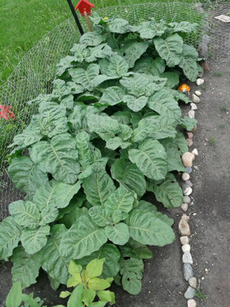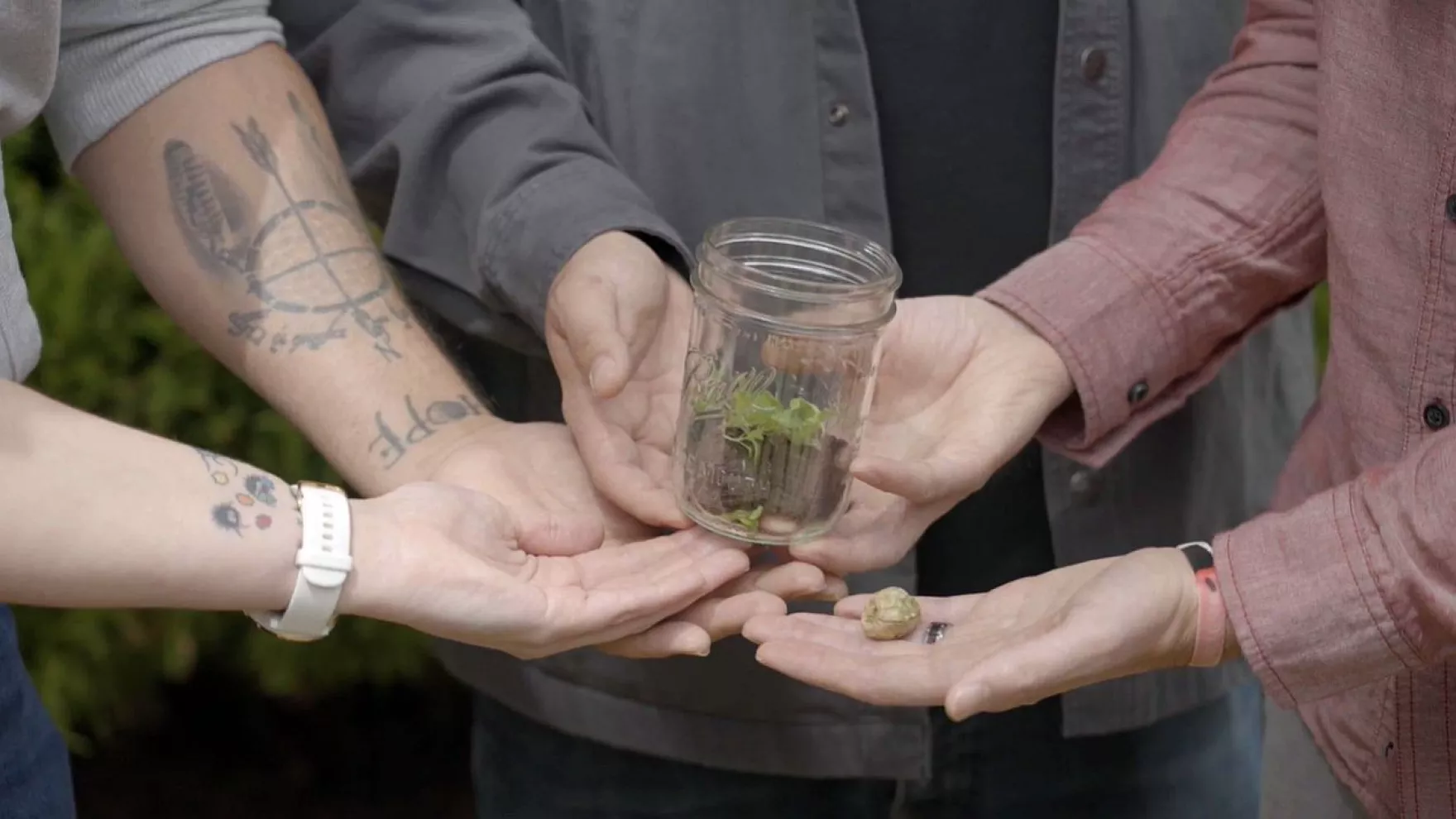Table of Contents
White sage and cedar. A braided package of sweetgrass. An abalone covering. An eagle feather. Individuals of several Native American tribes utilize these and other all-natural things as part of their prayer and healing practices. Sage, sweetgrass or cigarette is burned in the covering, with the feather utilized to guide the great smelling smoke around an individual.

The Art Owen area is an elaborate room that formerly was called the Bishop's Shop - the power of indigenous tobacco practices. Wood-paneled, with a coffered ceiling, chandelier and fire place, the room looks out on the front yard of the historic Francis Building. It is a silent area not much from Saint Marys' client rooms and medical collections
The materials stand for the four components of nature earth, water, wind and fire that are central to Indigenous American society and spirituality. "Part of our culture is we don't want individuals to be alone, specifically in tough times," states Guimaraes, that was a registered nurse for two decades. "A client may want their room smeared, including their apparel and IV tree.
A Biased View of Health Care System Best Practices For Tobacco Treatment
"Knowing smudging and just how to much better offer the spiritual requirements of Native Americans I experience is exceptionally crucial for my future ministry," states Marit Johnson, who is going after coronation as a Lutheran priest. "It will certainly be very important to continue educating myself regarding neighborhood people and their spiritual techniques." Because her training with Guimaraes, Johnson participated in a smearing with an Ojibwe senior and his partner in the Spiritual Treatment office.
"They graciously permitted a staff pastor and me to be present throughout the smudging and explained different elements of their smearing custom, their petitions and their tunes. Both the client and her hubby smeared me. The elder made use of the eagle plume to bless my eyes to help me to see much better, my ears to aid me to listen to others' prayers extra clearly, my mouth to assist me talk plainly, and my hands to help my work.

"People really felt stronger, respected and a lot more enthusiastic after the smudging event," claims Soroka. The clients talked to normally were open to a non-Native person assisting in the event, and they reported that smearing helped them to view the hospital as a risk-free area and "like home (the power of indigenous tobacco practices)." Package of knotted sweetgrass utilized in smudging events
The Main Principles Of Once Thought Lost For Good, Native Americans' Prized ...
The findings likewise will be reviewed at the RISE for Equity meeting, Aug. 10-13 in Minneapolis, funded by Mayo Clinic Institution of Constant Expert Growth. "The smearing ceremony is of extensive importance to lots of hospitalized Indigenous American patients," says Soroka. "It contributes to patient health, recovery and satisfaction. Our searchings for suggest that health care systems ought to be delicate to the demands of Aboriginal populations and come to be educated about smudging and how to give it.".

Aboriginal peoples practice varied spiritual traditions in Ontario, showing the variety of Aboriginal peoples in Ontario and Canada. This section attends to the task to suit Aboriginal spiritual beliefs and practices in areas covered by the Code. "Indigenous individuals can promote, develop and keep their institutional structures and their distinctive customizeds, spirituality, traditions, procedures, methods and, in cases where they exist, juridical systems or custom-mades, based on international human rights standards." United Nations Affirmation on the Rights of Native Peoples This policy utilizes "Native" as a comprehensive term to incorporate all Indigenous individuals and identities, including standing, non-status, Indian, Aboriginal, Native, Very First Nation, Mtis and Inuit.
It was typically used by the Inuit mainly as a survival tool for remaining warm in the home, drying out clothing and food preparation. It is now occasionally utilized as a routine training device and as part of opening and closing ceremonies at events, where it has come to be a sacred symbol of Inuit identity and standard culture.
Table of Contents
Latest Posts
An Unbiased View of Crestview Cheap Smokes
The 2-Minute Rule for Can You Buy Cigarettes Online And Have Them Shipped To ...
Some Known Questions About Menthol Cigarettes In Black Neighborhoods: Still Cheaper ....
Navigation
Latest Posts
An Unbiased View of Crestview Cheap Smokes
The 2-Minute Rule for Can You Buy Cigarettes Online And Have Them Shipped To ...
Some Known Questions About Menthol Cigarettes In Black Neighborhoods: Still Cheaper ....